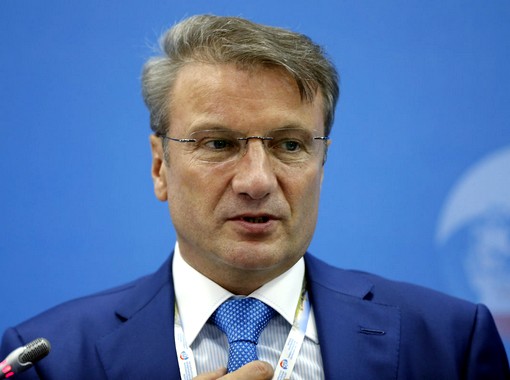
European and U.S. investors steered clear of a controversial Kremlin Eurobond sale involving the placement of USD1.75 billion-worth of 10-year notes because the organizers didn’t arrange clearing in time for the foreign investors to transact business.
Investors required VTB Capital, the state-controlled investment bank in charge of the deal, to set up a bridge to the Russian clearing system after the two main settlement agencies, which play a key technical role in placing bonds internationally, did not sign on to handle Russia’s first issue in three years.
The bond’s prospectus said that there would be “no assurance” that the issue would be eligible for clearing systems such as Euroclear and Clearstream Banking. Instead, they were to be settled on Russia’s own National Settlement Depository (NSD), the prospectus stated.
Most international investors, who trade in U.S. dollars, are not set up with the NSD and therefore missed out the chance to participate, according to Paul McNamara, a London-based fund manager at GAM with about USD4.5 billion of assets under management.
“Most dollar investors won’t have NSD accounts good to go – only local-currency investors like us and the Russians,” McNamara said. “The Euroclear bridge should be perfectly feasible, but amateur hour meant they didn’t have all the boxes ticked ahead of time.”
Argentina, which has had far deeper problems with investors than Russia, set up trading bridges with both Clearstream and Euroclear last year after being readmitted to international capital markets.
McNamara also pointed out that federal government bonds (OFZs) are also already “euroclearable” via the NSD.
Analysts and journalists alike were bamboozled by the sale, as VTB Capital claimed that the Eurobond was a triumph in attracting back international foreign investors.
“Foreign investors boost Russia’s bond comeback,” ran the FT’s initial headline about the issue before some backpeddling in a subsequent story. Nomura International strategist Tim Ash said he was surprised the Kremlin had followed through with the issue, “given the lack of foreign demand.”
The Russian Finance Ministry claimed that USD1 billion of the USD1.75 billion raised came from foreign investors. But a senior debt capital markets banker in Moscow said it was highly unlikely that genuine foreign investors had access to the deal.
“We reckon it was friends and family of Kremlin, Inc.,” said the banker, who helped arrange prior sovereign deals, speaking on condition of anonymity.
Andrey Kostin, the head of the state-controlled VTB flatly refused to name the investors participating in his comments to a U.S. newswire.
However, the Finance Ministry admitted most of the “foreign” investors were indeed from Britain, whose capital, known in some circles as Londongrad, is a mecca for Russian wealth.
Andrey Solovyev, head of VTB’s debt capital markets, pointed the finger at Euroclear for their lack of participation. He said the bank had received “positive messages” from the clearing house in the lead-up to the sale and he was surprised by its decision not to state that it would settle the bond.
The FT changed its tune on the deal on May 25 in a report saying the deal was “creating discord” in debt capital markets.
Some Western banks, who did steer clear of the deal, will be delighted at how badly it fared without them. Nonetheless, there is demand for Russian sovereign and quasi-sovereign paper, given the over-subscription seen late last year for Eurobonds worth USD3.7 billion sold by Gazprom, Norilsk Nickel, and Evraz. The three blue-chips, unlike the Russian sovereign, have not been blackballed with sanctions imposed in 2014 over the Kremlin’s involvement in the Ukraine conflict.
The quality of the investors is the main but not the sole concern, according to the privately-held Alfa Bank. “The Finance Ministry finally raised USD1.75 billion, while the demand was for USD7 billion, which suggests that a larger placement would have been more costly,” the bank adds.
Despite the placement’s not clearly showing that investor interest in Russia is stronger than sanctions, and its failing to place the targeted USD3 billion in foreign borrowings originally budgeted for 2016, this still marks a first Russian return to international markets with a sovereign issue since the start of the Ukrainian conflict in 2014 and the imposition of Western sanctions.
“There wasn’t any real financial need to issue the bonds,” the head of the Finance Ministry’s debt department Konstantin Vyshkovsky told Bloomberg. He added that “we sold them to confirm our presence in the market, as a long hiatus is bad for an issuer, to feel out investor sentiment, and to understand our possibilities overall.”
The Ministry might make an additional sale of USD1.25 billion by the end of 2016, Vyshkovsky said.
Earlier in the year, Russia announced its intention to place a benchmark USD3 billion bond issue, but Wall Street and European banks came under intense pressure from Western authorities and financial regulators not to assist.
Although Russian sovereign debt is not prohibited directly, Eurobond revenues could potentially be channeled to sanctioned companies, making Western banks wary of falling foul of the sanctions regime.
Moscow previously held back from such issuance for fear of provoking further sanctions from the West to close gaps in the embargo regime.
However, in mid-May the European Commission’s foreign policy chief Federica Mogherini made it clear there would be no talk of tightening sanctions at the next E.U. council meeting.
Russia’s last sovereign issue consisted of USD7-billion-worth of Eurobonds placed in 2013: USD1.5 billion of five-year notes at 3.7 percent, USD3 billion of 10-year notes at 5.1 percent, and USD1.5 billion of 30-year bonds at 6.05 percent. As such, the yield on the new bonds of 4.7 percent is not seen as expensive for Moscow, especially in view of the current geopolitical risks and tensions.


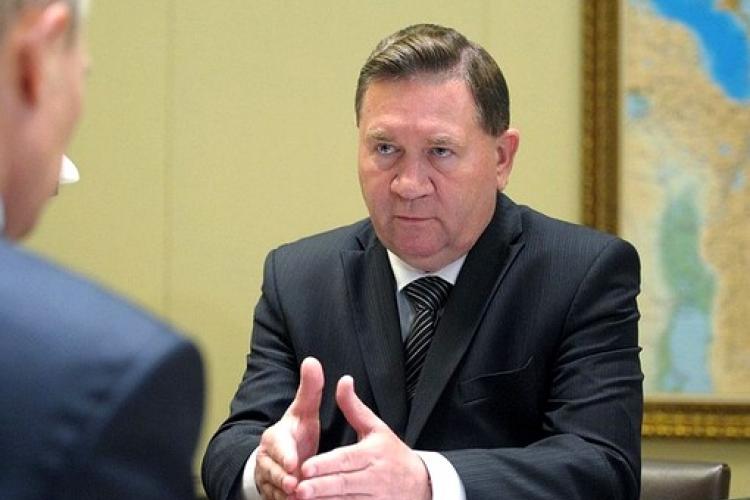
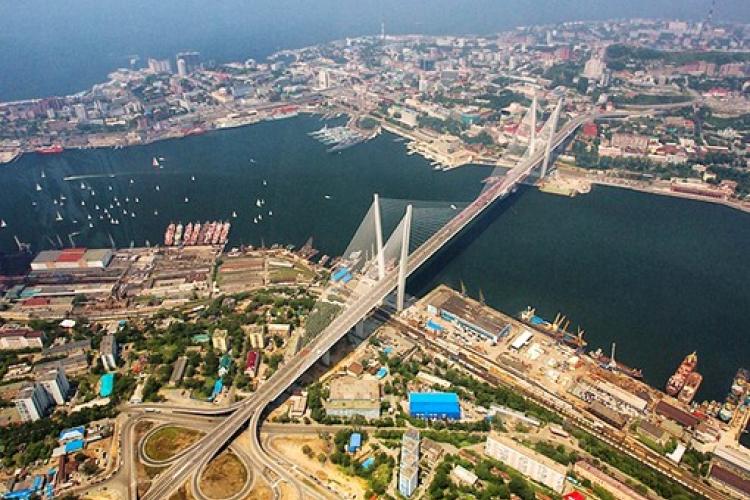

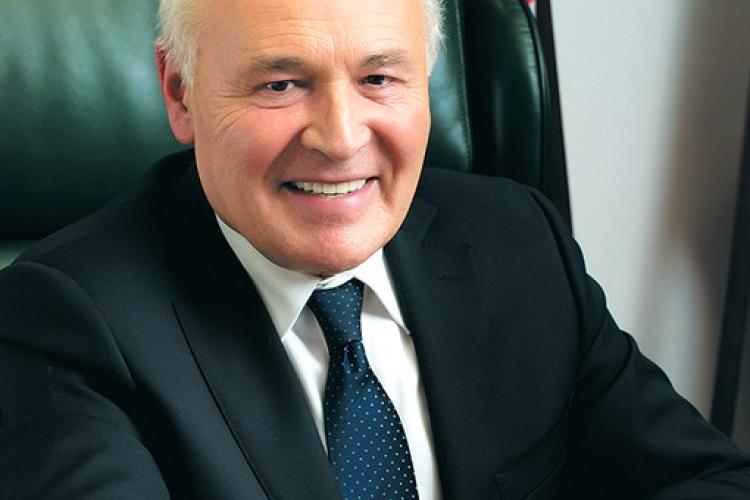
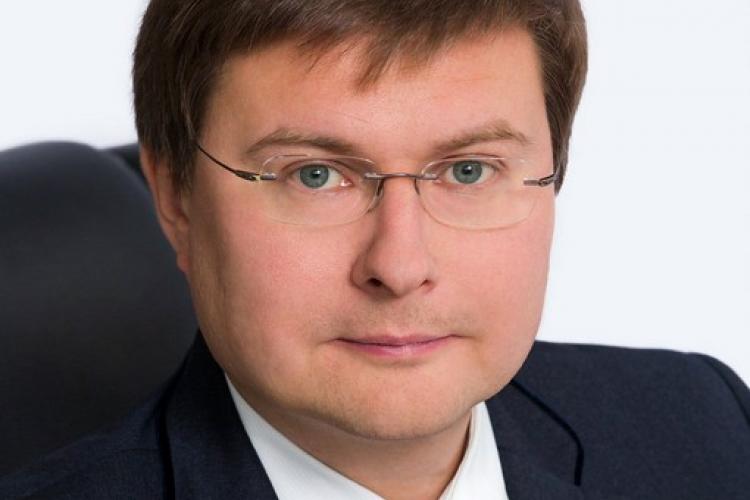


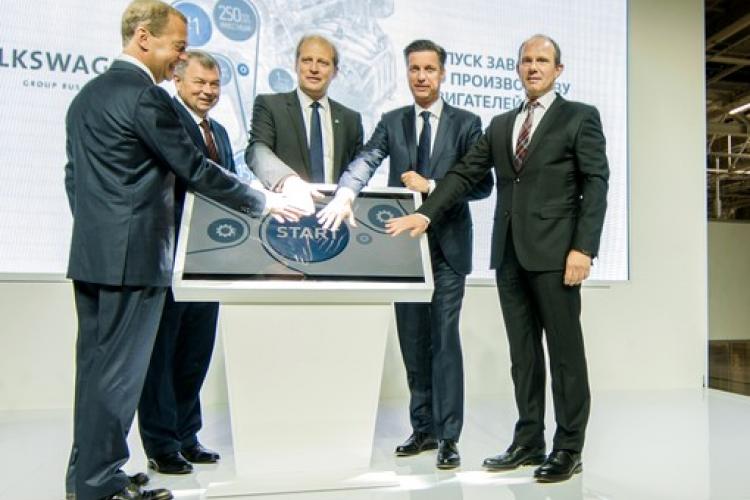
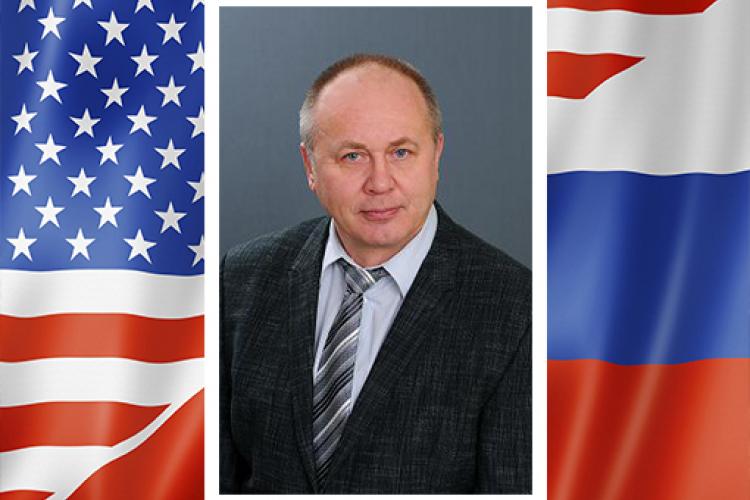

Leave a comment